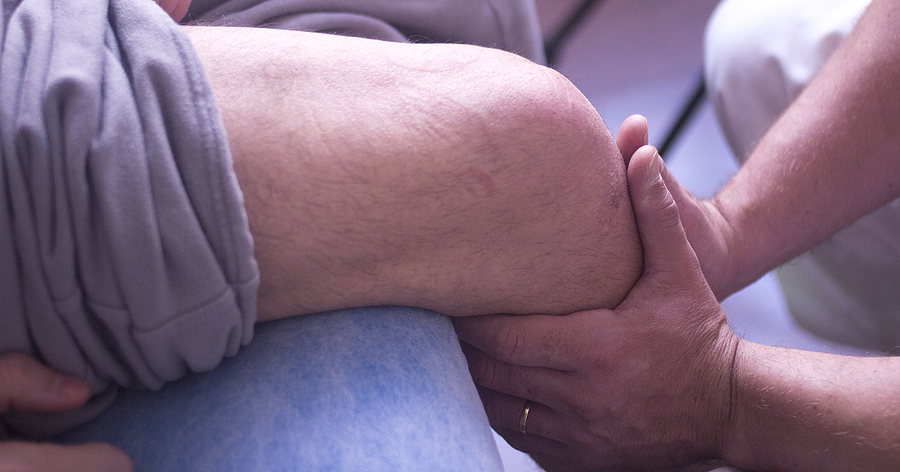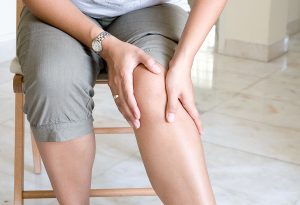Fresno’s inviting weather and numerous tennis courts make it a great place to play your favorite game. Yet, tennis, like any other sport, carries the risk of injury. A sports and orthopedics specialist frequently sees players of all ages presenting with various issues. Among these, upper body injuries, particularly tennis elbow, are common. Yet, they’re not the only injury prevalent among tennis players.
Playing on carpet, clay, grass, or hard courts is hard on the joints. Meniscus injuries occur in the knees and require effective treatment to end the pain and inflammation and ensure the knee joint correctly absorbs shock from fast movements. Premium Sports and Orthopedics gives advice on how to navigate meniscus injuries and treatment.
Understanding Meniscus Injuries in Tennis
Your meniscus is a C-shaped section of cartilage that cushions the shinbone and thighbone. Your knees have two menisci each, and a sudden rotation or twist of the knee can tear them.
Not every meniscus tear is painful or even noticeable. However, some injuries start with a pop and then severe pain. Others might be okay and suddenly swell up a couple of hours later. Once inflammation and fluid buildup occur in the knee, the range of motion is limited. It becomes virtually impossible to fully straighten the knee.
As tennis often has players rotating suddenly to return the ball over the net, meniscal tears are common. One NIH study found that 10 to 20% of knee injuries in youth sports, including tennis, involve the meniscus.
Symptoms of Meniscus Injuries
How can you identify a potential meniscus injury? While symptoms are not always immediately present, when they do appear, they usually involve at least one of the following.
- Popping or clicking sensation
- Sharp pain in the knee joint
- Swelling
- A locked knee joint that won’t bend
- Pain that increases when pivoting or twisting
A trip to a Fresno sports and orthopedics doctor is important if you experience any of those symptoms. The faster you seek medical care, the quicker your recovery. Plus, you don’t want to keep playing on an injured knee, as that could cause more damage and make surgery the best treatment option.
How a Sports and Orthopedics Specialist Diagnoses Meniscus Injuries
When you go to a sports injury specialist in Fresno, what should you expect? A doctor will assess the following.
- Your range of motion and how easily your knee straightens, if it can at all.
- How tender or swollen the knee joint is.
- A McMurray or Thessaly test, which we’ll describe below.
A McMurray Test requires you to lie down on your back while the doctor lifts and bends your injured knee. The doctor is assessing the lateral and medial meniscus to see if tears are limiting the motion and causing pain. The doctor is also listening or feeling for a click or pop, which is another key indicator that there’s a meniscal tear.
The Thessaly Test has you stand on the floor, facing the doctor. You flex your injured leg while lifting the other leg off the ground. Following the doctor’s guidance, you rotate your knee and body several times. If there’s pain, clicking, or a locked knee during the test, it indicates there’s a meniscal tear.
Both of those tests indicate the possibility of damage. At this point, the doctor may order an MRI to take a much closer look at how much damage occurred and to confirm the diagnosis of a torn meniscus. It might be another problem that requires different treatment strategies.
Treatment Strategies for Meniscus Injuries
Treatments depend on the severity, activity level, age, and future plans. If a Fresno resident plays tennis competitively, the recovery time may look different from a hobbyist who only plays tennis when friends are available.
Small meniscal tears respond well to at-home treatments. This involves the RICE approach of:
- Rest
- Ice
- Compression
- Elevation
It’s a good time for catching up on movies. Sit back in a recliner or bed and use wedge pillows to get your knee up. Wrap your need in an elastic bandage for compression and apply ice periodically to help with swelling and discomfort.
In addition to RICE, use an over-the-counter NSAID, such as ibuprofen, to help alleviate pain and inflammation.
More severe tears may benefit from FDA-approved cutting-edge treatments like Biologic-Based Treatments, Cryotherapy, or Tissue Repair Therapy. Your doctor will discuss the pros and cons and determine what’s best for your needs, in addition to RICE techniques and pain relief strategies.
What’s also important after a meniscus injury is to talk to your doctor about physical therapy. Strengthening muscles, restoring range of motion, and improving balance and coordination are great ways to avoid reinjury.
When Is Surgery Necessary?
When severe tears are causing significant pain that other therapies are not relieving, surgery may become the best option. Arthroscopic surgery is one of the best approaches as it isn’t extremely invasive. Tiny incisions and the use of a scope and small surgical tools limit the damage to the tissue during the surgery.
The different surgical options to discuss, if this is the only option, include:
- Meniscus Repair – The tear in the ligament is sutured. While this is the best for stability and preservation of the ligament, it requires a longer recovery time. I
- Meniscus Replacement – This is less common and only recommended to younger adults with severe tears. Your damaged meniscus is replaced by a donor meniscus. The risk of nerve damage and internal bleeding is higher, so it’s often a last resort. The recovery period is often around six weeks, but it can take three months for a full recovery.
- Meniscectomy – The damaged area of the meniscus is surgically removed. It eases pain quickly, but it also increases the risk of arthritis and knee stiffness after the recovery.
Expert Tips for Post-Operative Rehabilitation
If you do undergo surgery, expect to wear a knee brace and use crutches while the joint heals. You also need to work with a physical therapist to regain strength and range of motion.
Follow your surgeon’s guidance to avoid complications. If you’re told to wear the brace and use crutches for three weeks, don’t stop early just because you feel better. You could reinjure the area and create bigger problems.
Holistic Approaches to Injury Prevention in Fresno Tennis Players
Before your next tennis match, consider talking to a sports and orthopedics specialist about injury prevention programs. When your knee joint is in the best possible shape with toned muscles and an excellent range of motion, you can prevent injuries to your meniscus. Prevention is one of the best ways to keep playing the game you love.
Recover Successfully and Reduce the Need for Surgery
If another doctor recommends surgery, get a second opinion. Surgeries aren’t always the only option, and they can keep you off the court for longer than you want. Premium Sports and Orthopedics offers a range of non-surgical meniscus treatments that might be right for you.







